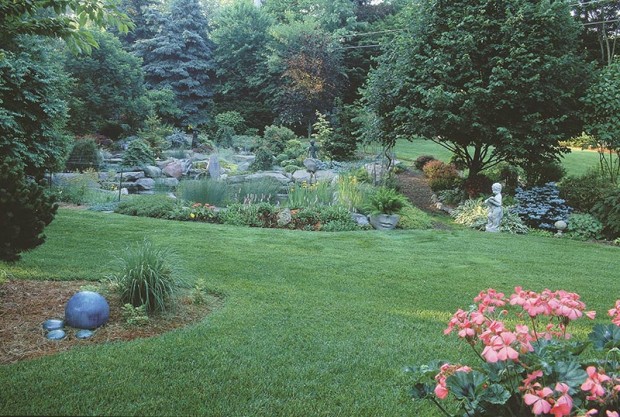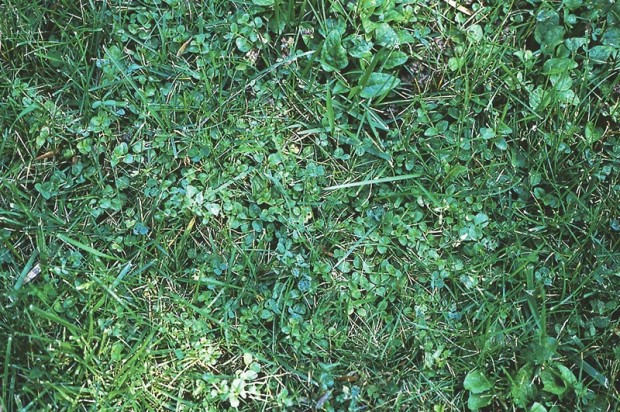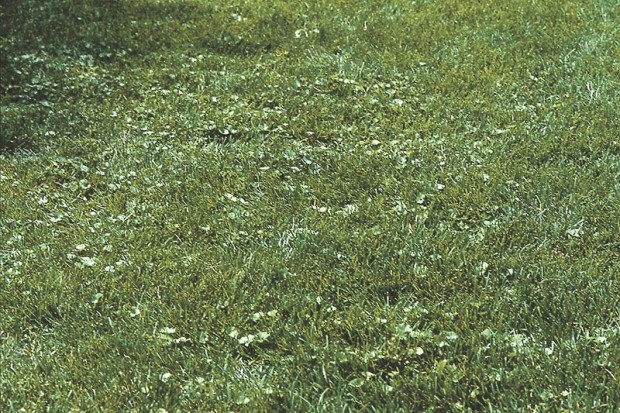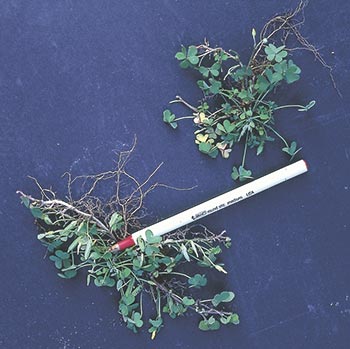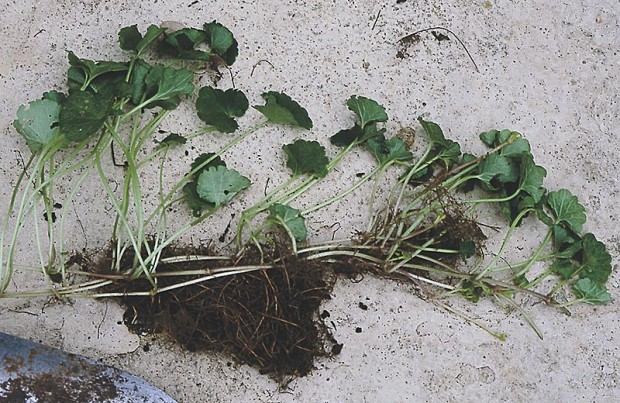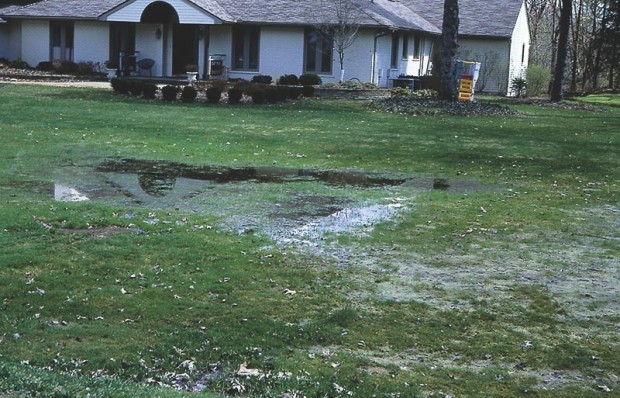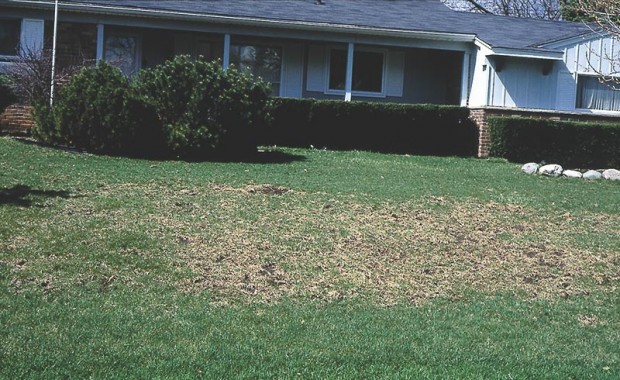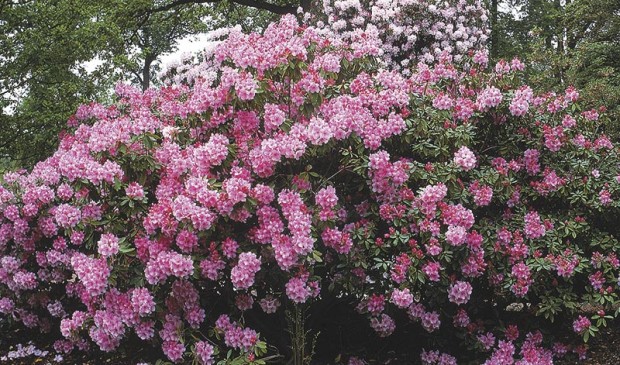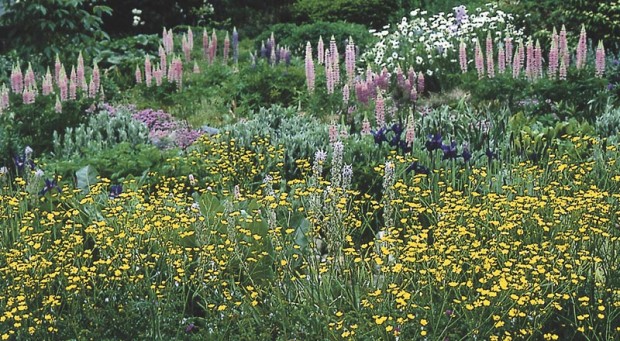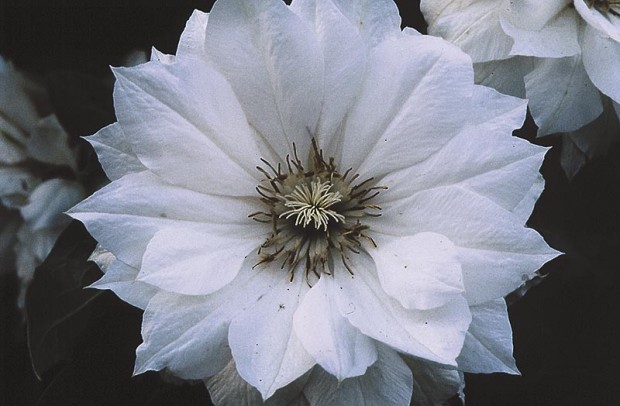I now have 5 seedling hazelnut bushes growing, in conjunction with National Arbor Day. They are still quite small, but I would like to know if there is a special fertilizer to boost the growth of hazelnuts.
Can you spell “patience”? Nut trees or shrubs may be listed as fast growers, but it takes several years before they are mature enough to produce good edible fruit. In this case at least 6 years, maybe as long as 12 years. After that long there will only be nuts if you have a minimum of two varieties of hazelnut because, like apple trees, they are not “self-fruitful” and need a second variety nearby to achieve cross-pollination between the varieties. And then you will have to battle the wildlife that also enjoys them! There really is no magic pill fertilizer to make your hazelnut trees grow faster to the point where they produce those wonderful fruits more quickly. Instead, make sure you get a soil test for the area in which they are planted to know the pH and the nutrient level of the site. Hazelnut trees (Corylus avellana, C. americana, C. colurna ) like a pH of 6 to 7. Although they will grow and produce fruit in shallow soils, they prefer a well-drained site with plenty of organic matter. Sandy and clay soils both benefit from cultivating in composted organic amendments.
Hazelnuts were often established as hedgerows in Europe and Australia since the plant’s natural characteristic is shrubby as opposed to single stem. Often for nut production, they are kept pruned to a single trunk and can produce a deep taproot. Although they do produce many shallow surface feeder roots, they prefer not to be moved once planted. Hazelnuts also don’t mind the cold winter temperatures of Michigan. They actually need a chilling of a couple months in the low 30’s to help them toward fruit production. However, they really do not care for drying winds. So while they are still young and easily moved, make sure you have sited them properly.
Related: Growing Fruit in Michigan

